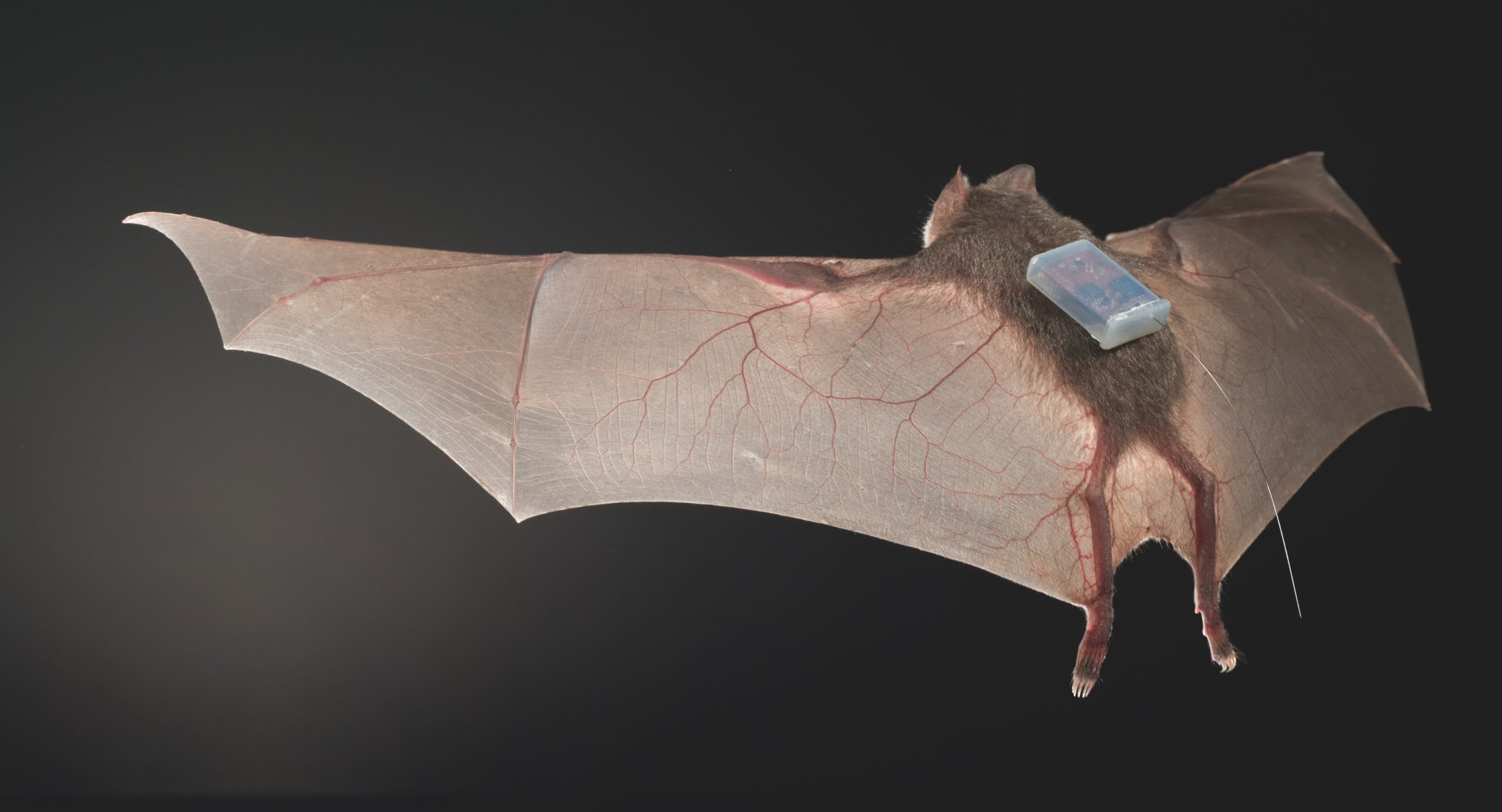
The Bat1K project, a global genomics study focused on understanding bats’ unique immune systems, already started in 2017. Now it emerges this research might be key to prevent future pandemics. Bats are known to host various lethal viruses, including SARS, MERS, and Sars-CoV-2, without ill effects. Their immune systems have evolved to handle infections without causing harmful inflammation due to their ability to fly, which demands high energy. Investigating bats’ immune systems could potentially help develop medicines that mimic their behavior in humans, preparing us for future pandemics.
What makes bats special?
Bats are unique creatures for several reasons. They are the only mammals capable of true flight, have incredibly long lifespans for their size, and display a wide range of shapes, sizes, and dietary habits. Some bats catch fish, others consume insects, and three species are known to feed on blood. All these characteristics make bats a fascinating subject for scientific research, particularly their immune systems and ability to host numerous deadly viruses without suffering serious reactions.
Understanding bats’ immune system
Bats’ immune systems have evolved over 80 million years, dampening their inflammatory responses. This is a direct result of their ability to fly, which requires high levels of energy. Inflammation does not occur as often or as severely in bats as it does in other animals, allowing them to carry various viruses without experiencing dangerous reactions. Their unique immune systems are now being closely studied to possibly develop medicines that mimic their behavior in humans, which could help prepare us for future pandemics.

Bat1K project: A global genomics initiative
Understanding how bats’ immune systems work is a primary goal of the Bat1K project, founded by Emma Teeling, a zoologist and geneticist, and Sonja Vernes, a neurogeneticist. The project’s consortium involves institutions such as University College Dublin, the University of Bristol, the Max Planck Institute of Molecular Cell Biology and Genetics, and the Max Planck Institute for Psycholinguistics. The project’s ambitious goal is to sequence all living bat species’ genomes and make the data publicly available, potentially providing invaluable insights into disease resistance, healthy aging, ecosystem function, sensory perception, communication, and mammal genome structure.
Progress and challenges in bat research
So far, the Bat1K project has published the genomes of several bat species, including the greater horseshoe bat, Egyptian fruit bat, pale spear-nosed bat, greater mouse-eared bat, Kuhl’s pipistrelle, and velvety free-tailed bat. Their goal for the coming year is to sequence 27 additional genomes, representative of each bat family. While there has been significant progress in bat genomic research, challenges remain. Key technical competencies required for further advancement include the development of structural and functional genomics, immortalized bat cell lines, primary cell culture and organoids, single-cell transcriptomics atlas, and captive breeding colonies.

Preparing for the next pandemic
Studying bats’ immune systems could be crucial for preparing for future pandemics, as they may hold the key to understanding how to adapt our own immune systems to better combat deadly viruses. The COVID-19 pandemic has led to a resurgence of interest in bat immunology, prompting calls for coordinated efforts to study their immune systems for pandemic prevention. As Emma Teeling points out, “We need to be prepared for the next pandemic, and if bats can point out ways to modify our immune responses speedily, that will demonstrate just how important they are to our world”.

